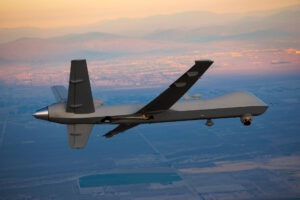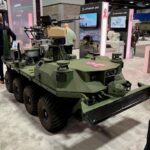
Customs and Border Protection’s (CBP) Air and Marine Operations (AMO) branch this week began operating one of its MQ-9 Predator unmanned aircraft systems (UAS) that was modified by prime contractor General Atomics with a larger wing, significantly extending flight time and providing an onboard de-icing capability. The “Big Wing” Predator includes 79-foot wings versus the 66-foot wings on the initial Predator UAS that CBP acquired, providing more than 30 hours of flight time versus the 20 hours with the smaller…

 By
By 











